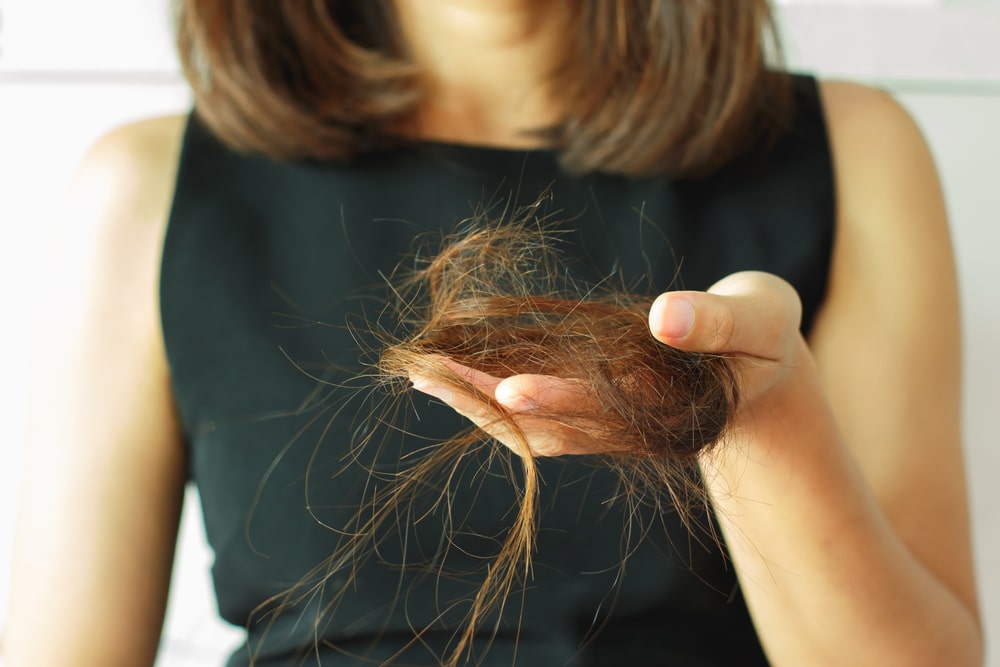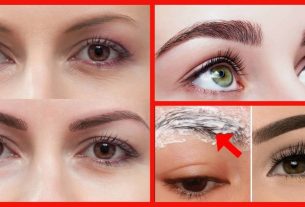Subjecting your hair to chemical procedures without first taking the necessary care can result in a chemical cut.
Have you ever noticed if your hair became elastic, fragile, brittle or brittle after undergoing a chemical procedure? If the answer is yes, it could mean that your hair was chemically cut. But what would this chemical cut be? In short, it is a consequence of the chemical aggression received, caused by short intervals between procedures.
Recently, to bring her character to life in “Verdades Secretas 2”, actress Agatha Moreira underwent a radical change in her hair. With platinum hair, the actress claims to have loved the transformation. But, due to constant retouching of the roots to continue the TV series, Agatha has been suffering from the chemical cut.

According to experts, this should not be happening. Well, you can go through chemical procedures without suffering the consequences. Therefore, you need to have a care routine to avoid the problem and maintain the health of your hair. In the actress’s case, she needed to bleach her hair, but to reach the desired tone, the limit was exceeded, increasing the oxidant and damaging the hair fiber.
Finally, if you intend to undergo a chemical procedure, like actress Agatha Moreira, know that it is very important to take certain precautions. How to adhere to a care routine before, during and after the procedure. This way, you will have chemically treated hair, without damage.
Chemical cutting: what is it
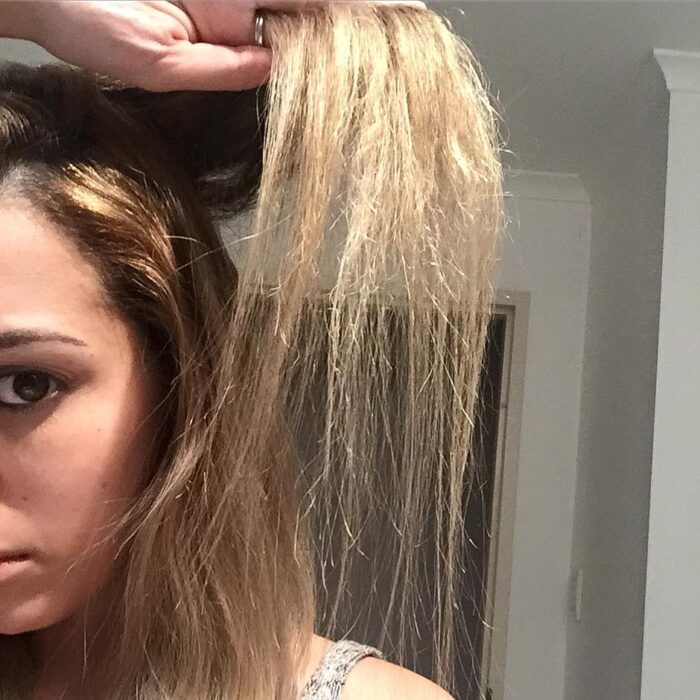
In short, chemical cutting is hair disruption. Typically, it happens after the hair has been extremely damaged by chemical procedures. For example, incompatibility between chemicals, excessive straightening, bleaching when the hair is fragile or not respecting the required interval between one procedure and another.
Ultimately, all of these factors contribute to hair becoming fragile, to the point where strands break or even fall out. Furthermore, chemical cutting is not always noticed during chemical application. It is usually noticed some time later when you undergo a new procedure.
Furthermore, you can tell when chemical cutting occurs by paying attention to the following symptoms:
- Hair strands become more opaque, porous and rough.
- Appearances of split ends. And in some cases, even triple ends.
- It becomes more brittle, and the hair may even fall out.
- The wires become elastic or rubbery.
Chemical cutting: how to avoid problems
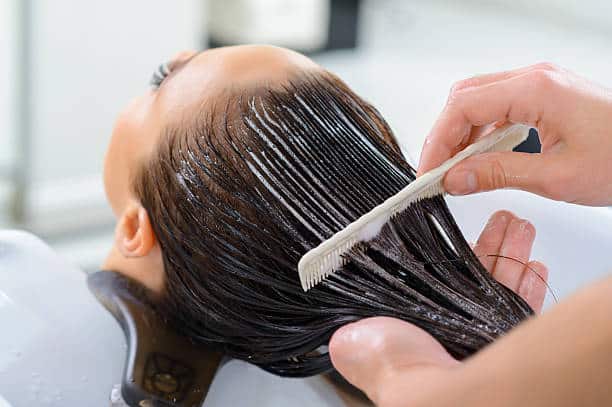
But, if you don’t want to give up your straightening or bleaching, know that you can continue with chemical procedures. And without damaging the hair fiber. Anyway, just follow some precautions, such as:
- Firstly, you need to know the type of chemical that already exists in your hair and, of course, know what will be applied too. Now, if your hair is virgin, it’s much easier. Therefore, there is no risk of incompatibility between chemicals.
- Next, it is important that the hairdresser who will apply the chemistry carries out an assessment of the strands to see if they will withstand the new procedure. If necessary, he will recommend a treatment to strengthen the hair before receiving the chemical. Typically, treatment can be 30, 15 or 7 days.
- So, do the strand test. In other words, apply the product to a section of your hair and wait around 48 hours before continuing. This way, you will know if the hair is prepared to receive the procedure.
- Do not perform chemical procedures one after the other, respect the interval suggested by the product manufacturer, between one chemical and another. Furthermore, during this break it is important to take care of your hair with moisturizing, nourishing and reconstructive masks. That will restore the health of your hair.
- Finally, choose a professional you trust and who is already used to your hair. And if you don’t have experience, don’t do the procedures at home.
Care during and after the chemical procedure
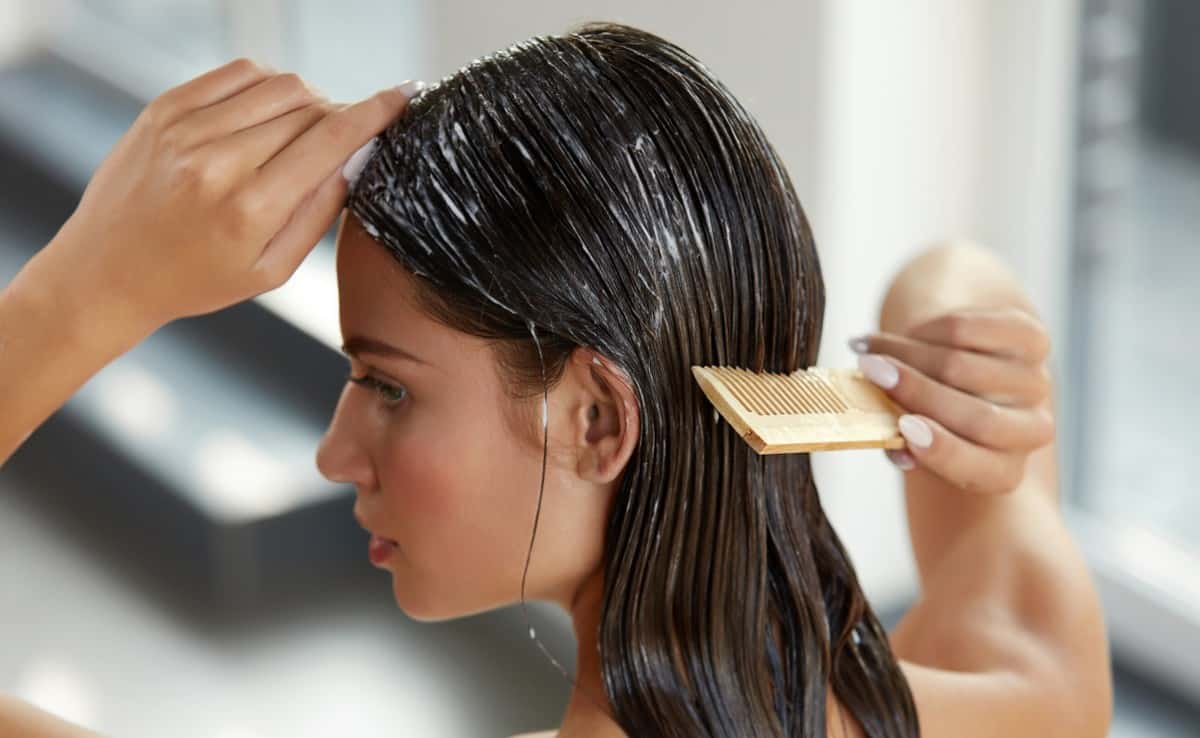
As we mentioned, care is very important before applying chemicals, whatever they may be. However, it is equally important to maintain care during and after the chemical procedure. Even when you use products that are less aggressive, care is essential. Therefore, hydrate your hair well, the more hydrated it is, the less damage it will suffer.
When touching up the hair roots, you need to be careful, especially if you need to touch up every 15 days, increasing the risk of chemical cutting. Finally, the product should only be applied to the roots, without touching the part of the hair that already has the product.
Mainly when bleaching or coloring your hair. Because it is hotter, the root tends to lighten or take on the dye faster. Meanwhile, the length and ends are colder, which makes it take longer. According to experts, the ideal is to touch up every 30 to 45 days.

Currently, you can find products that, added to the bleach, protect and strengthen the strands, preventing breakage and keeping the structure of the hair fiber firm. Finally, after carrying out the chemical procedure, the ideal is to carry out hair reconstruction. Which will return what the hair has lost, such as keratin, for example, avoiding chemical cutting.
Finally, invest in nourishing masks, they make your hair more manageable. A good tip is to adopt a Hair Schedule.
Care after chemical cutting
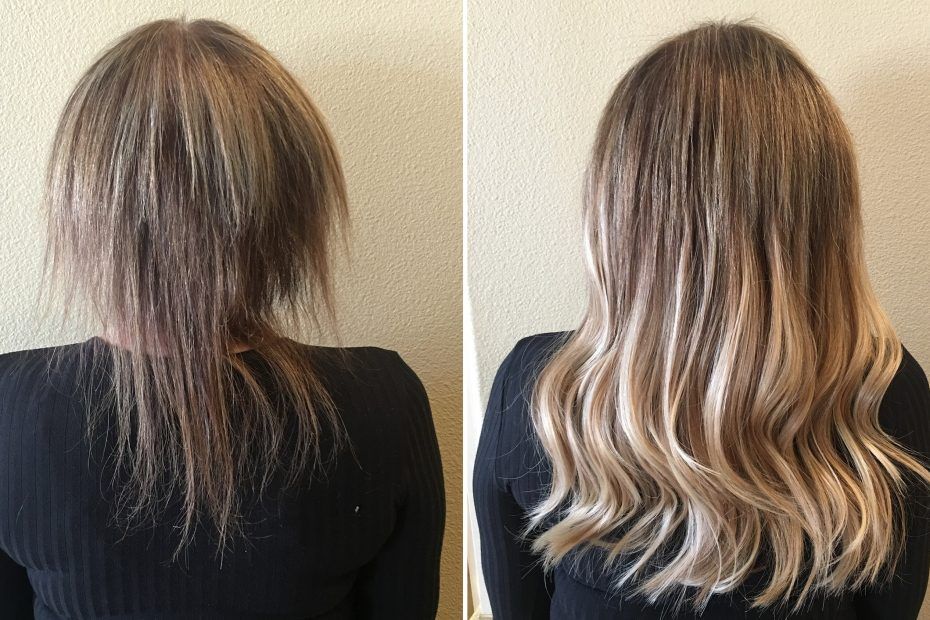
Now, if you are suffering from a chemical cut, you need to follow the following precautions:
- First, take a break from chemical procedures. Well, the hair is already very damaged and, if you continue applying chemicals to it, it will only make the situation worse.
- If the damage is very visible, get a haircut. Furthermore, cutting the ends helps improve the appearance of the hair.
- Adopt a care routine, for example, the Hair Schedule. Well, it will provide hydration, nutrition and reconstruction to damaged hair. Returning the nutrients that hair needs to stay strong and healthy.
- Another tip for recovering your hair is to moisten it with vegetable oils. This can be done during the day or at night, before going to sleep.
- Finally, avoid using a hairdryer, straightener or curling iron during your hair’s recovery period. Because the heat damages the hair even more, making it difficult to recover.
Care for frizzy and curly hair

Unfortunately, no hair type is free from a chemical cut. Likewise, curly and frizzy hair needs a good care routine to avoid the problem. Therefore, you need to take the same care before, during and after a chemical procedure. In other words, hair must be hydrated, nourished and reconstructed. But first, testing to find out if the wires are compatible with the chemistry is essential.
But, if you are already suffering from a chemical cut, all you have to do is be patient, face the problem head on and take care of what’s left of your hair. Therefore, hydrate a lot, but always use products compatible with your hair type.

Finally, after a while, your hair will become healthy and beautiful again. In fact, you can even use chemistry again. However, don’t forget the precautions we teach you here.
If you liked this article, find out more about the subject at: How to recover bleached hair? 6 infallible tips.

Sign up for our newsletter and stay up to date with exclusive news
that can transform your routine!
Warning: Undefined array key "title" in /home/storelat/public_html/wp-content/plugins/link-whisper-premium/templates/frontend/related-posts.php on line 12
Warning: Undefined array key "title_tag" in /home/storelat/public_html/wp-content/plugins/link-whisper-premium/templates/frontend/related-posts.php on line 13

